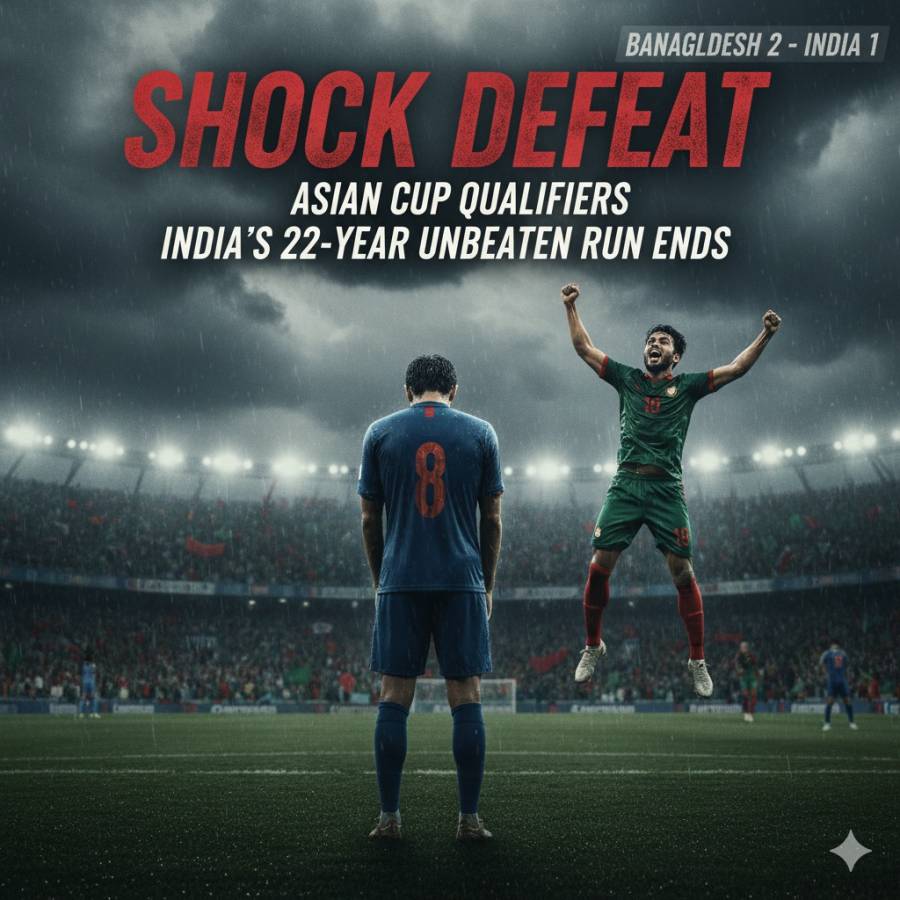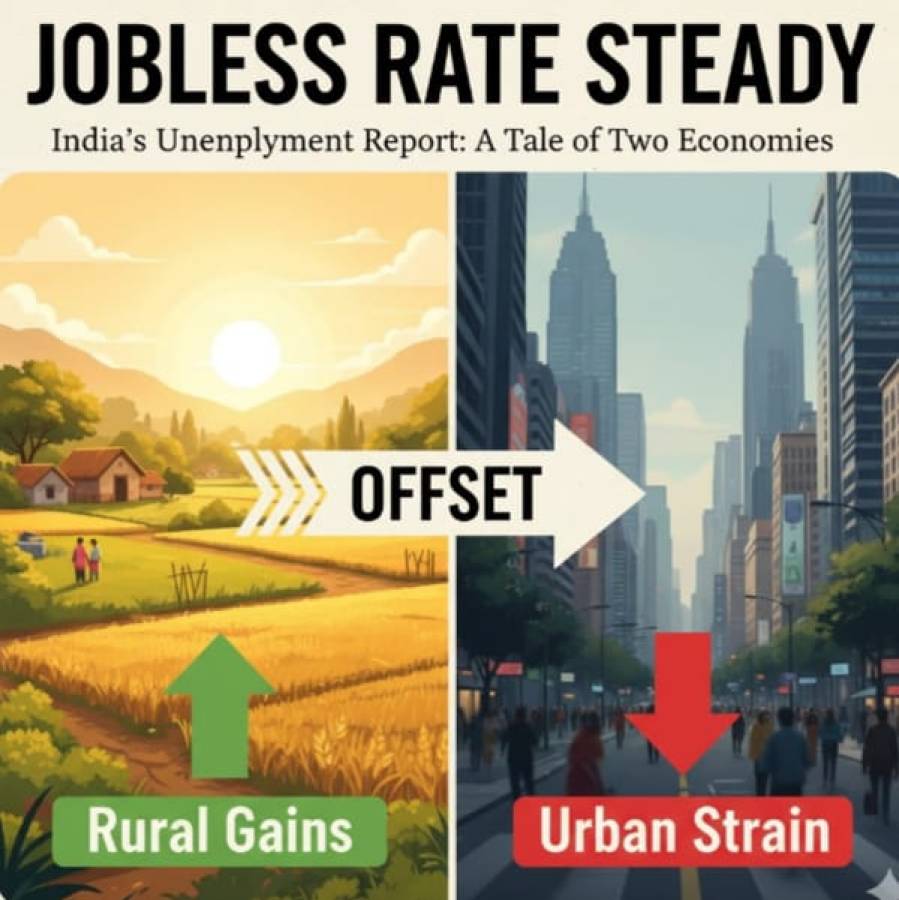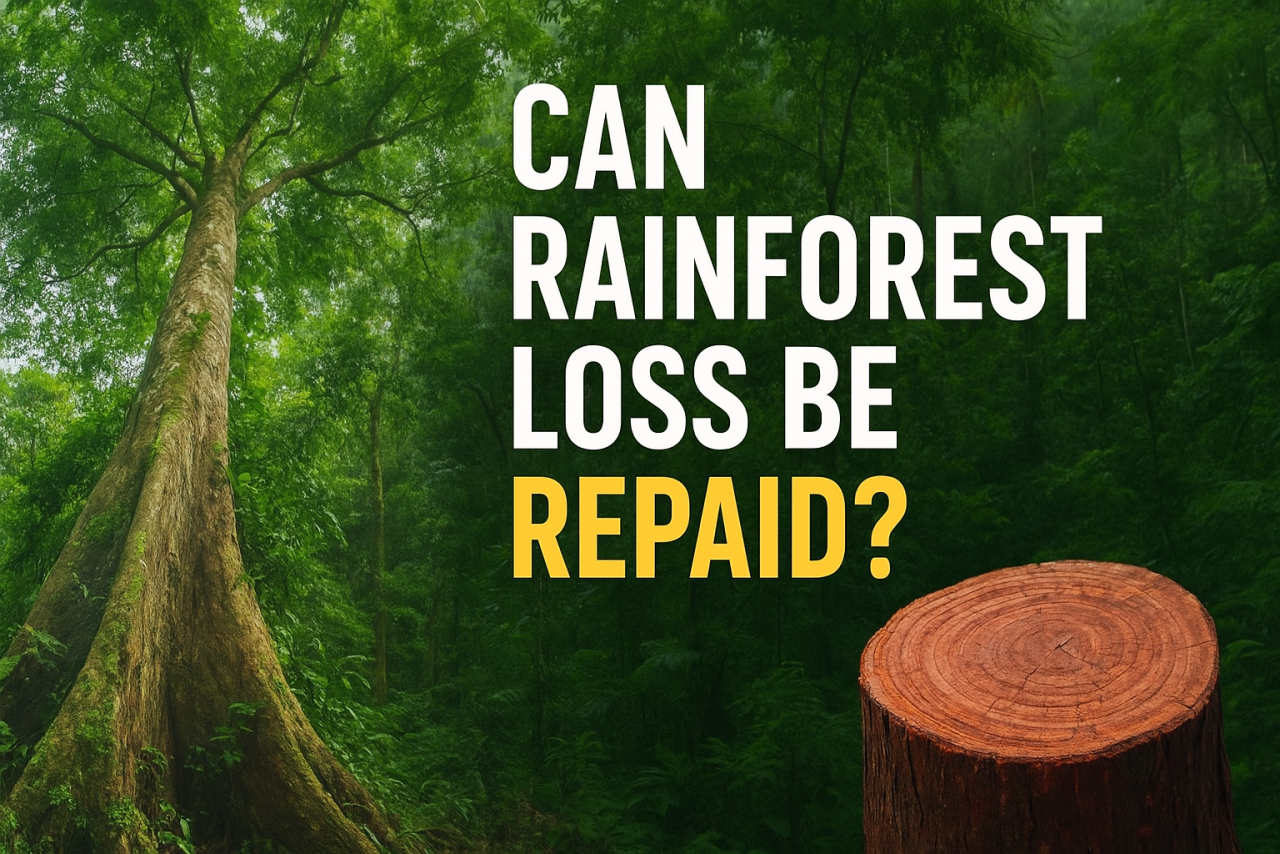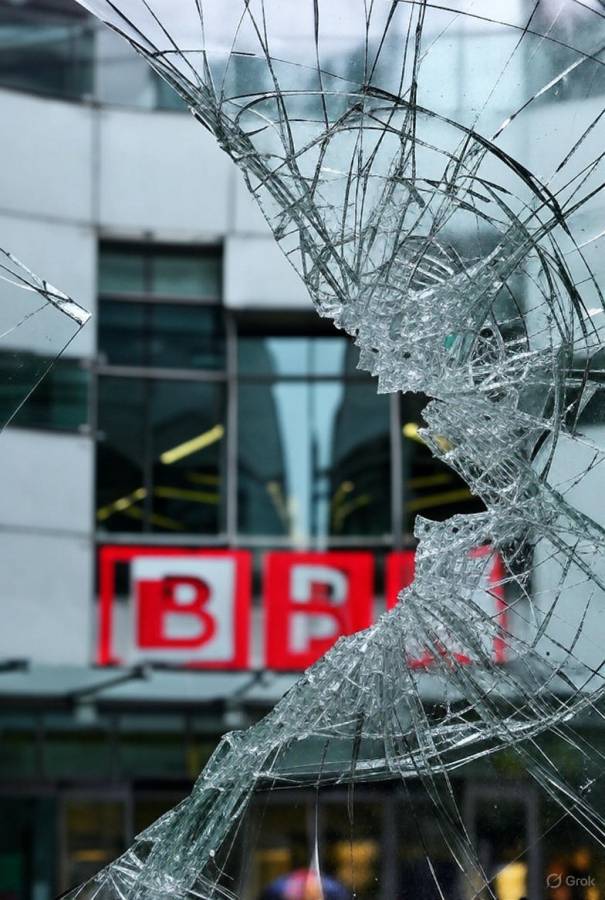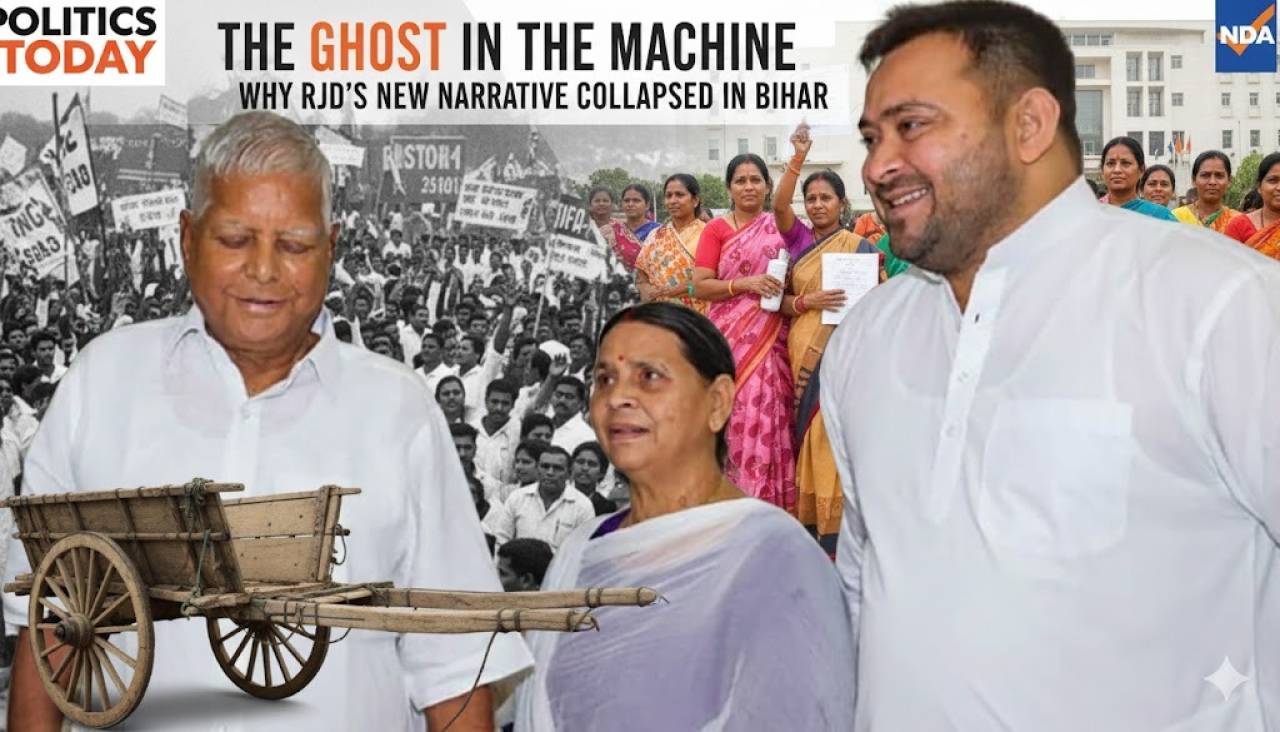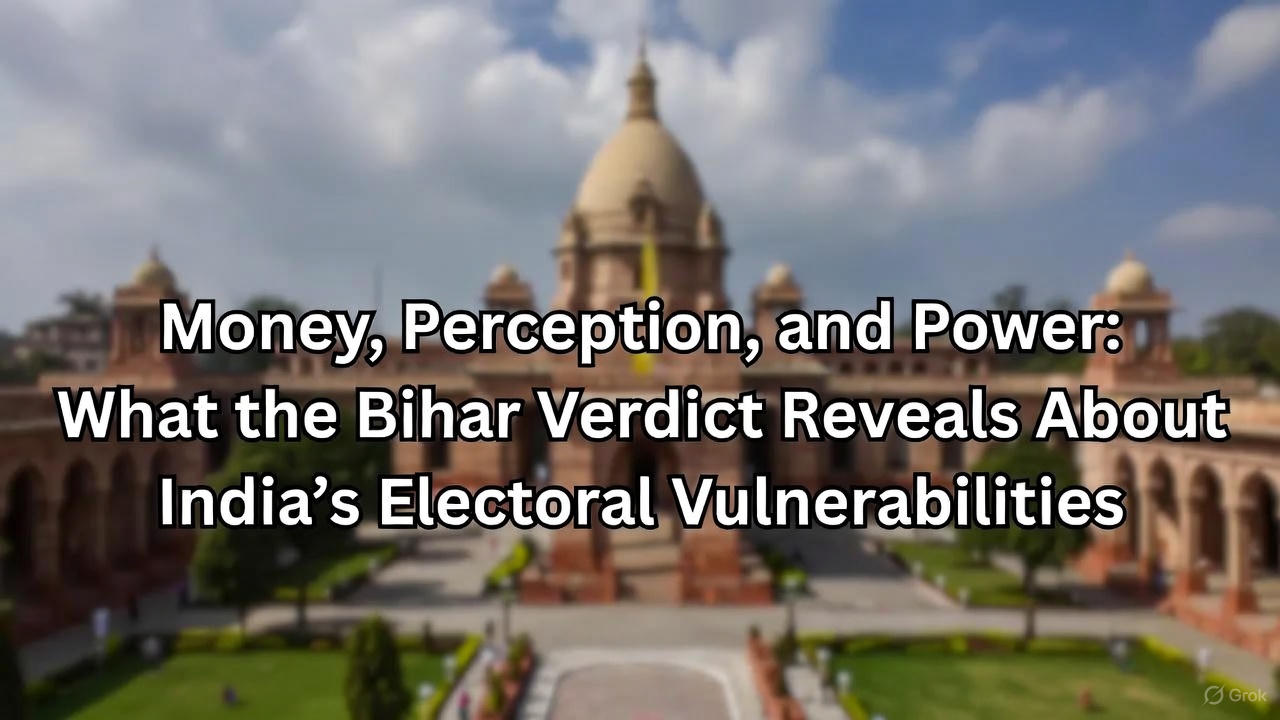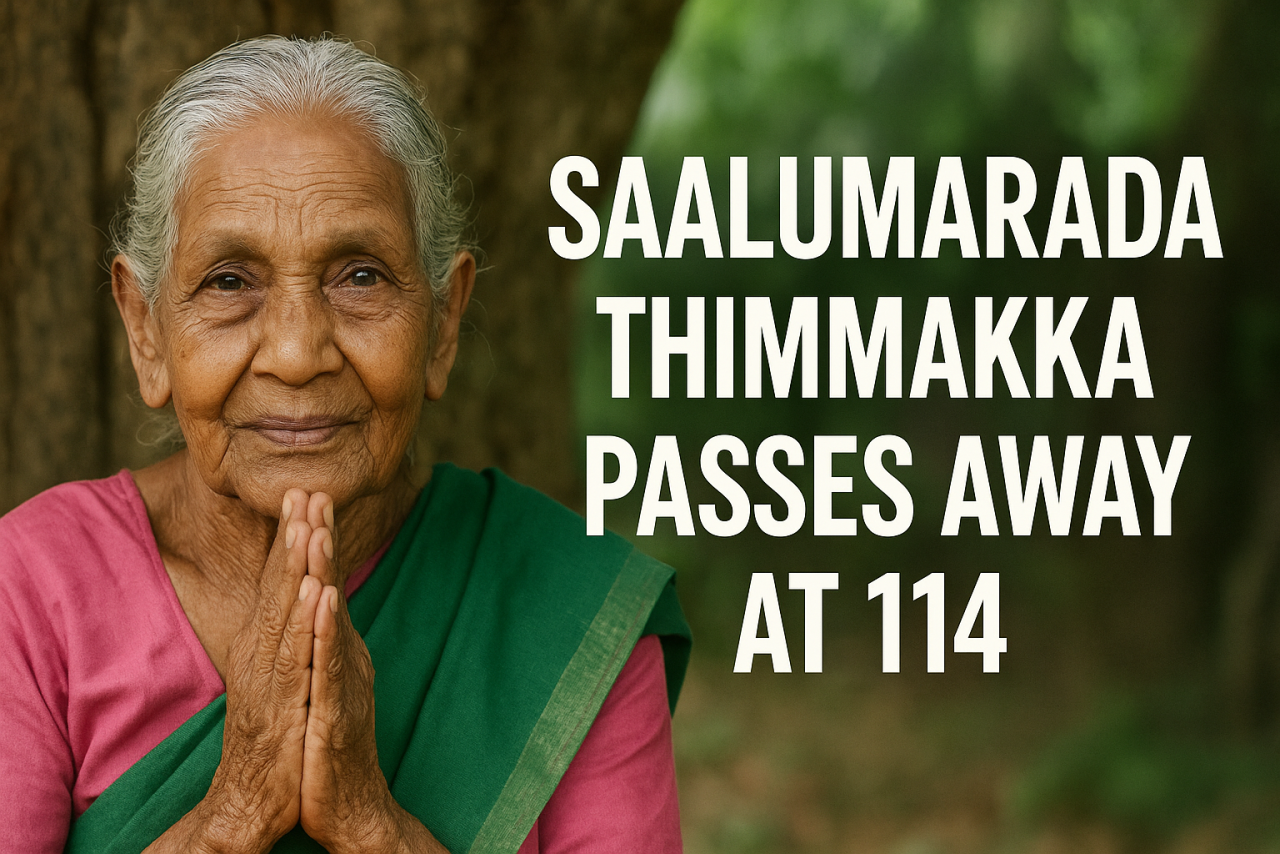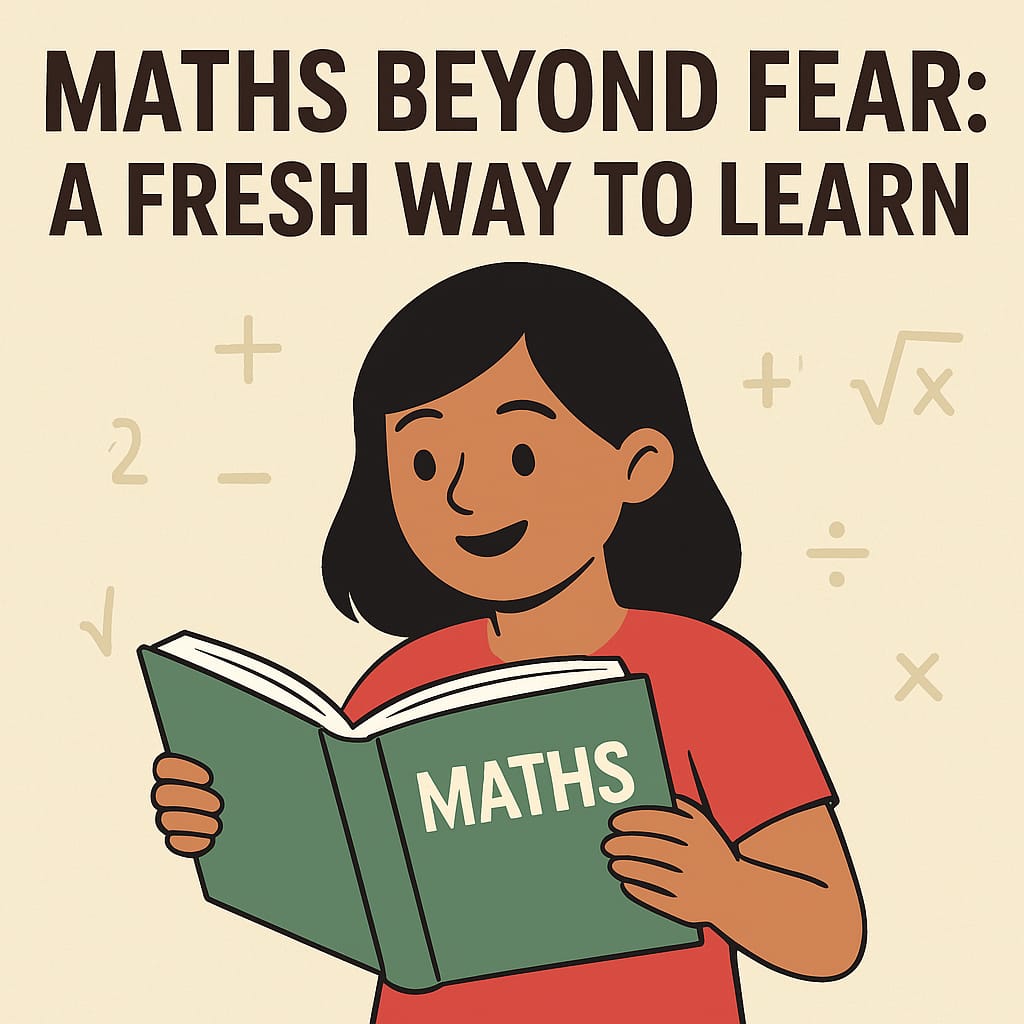
For decades, mathematics in India has carried the weight of fear. Ask a group of schoolchildren what subject they dread most, and the answer is almost always the same. Parents treat it as a test of intellect, teachers reduce it to a race against the syllabus, and students internalise the belief that success lies in memorising formulas. The outcome is clear. Generations have grown up reciting equations without understanding them, seeing mathematics as a wall to climb rather than a path to explore.
The University Grants Commission’s recent proposal to revise the undergraduate curriculum by including Vedic mathematics and references from ancient texts has sparked debate. India’s mathematical tradition is extraordinary: Aryabhata calculated the value of pi centuries before Europe, Brahmagupta formalised the rules of zero, and Bhaskara anticipated principles of calculus. These achievements deserve recognition. But honouring the past does not resolve the problems of the present. Adding heritage to the curriculum will not by itself help the child who cannot divide 144 by 12 without a calculator.
The real challenge is pedagogy. Mathematics in most schools is still taught as a rigid sequence of steps, with little attempt to explain how concepts connect to daily life. Students are rarely told why a formula works, only that it must be used. Research underlines the consequences. In the 2022 PISA trial run, India’s 15-year-olds ranked near the bottom in mathematical literacy, while at the same time Indian-origin students overseas topped international competitions like the International Mathematical Olympiad. The gap is not in talent; it is in teaching.
Making mathematics meaningful requires a change in approach. Lessons must connect with lived experience. Arithmetic can be taught through budgeting for a household, discounts in a store, or interest rates on savings accounts. Probability comes alive through the toss of a coin in cricket or predicting the chance of rainfall in the monsoon. Algebra can be introduced through simple coding exercises that mirror the logic of equations. When mathematics enters the real world, it stops being an abstract punishment and starts becoming a tool of empowerment.
Teacher training is at the heart of this reform. Too many teachers teach the way they themselves were taught, carrying forward the cycle of rote and fear. Unless educators are trained to use interactive tools, digital platforms, and collaborative projects, reforms on paper will remain meaningless in practice. In Finland, often cited as a model, teachers use games, group work, and puzzles to make maths less intimidating and more exploratory. India’s classrooms too must embrace this shift if confidence is to replace fear.
Policymakers, meanwhile, must draw a firm line between cultural pride and educational outcomes. Learning about India’s intellectual history can inspire curiosity, but it cannot substitute for preparing students for the demands of modern science, research, and technology. A curriculum overloaded with history risks missing the purpose of higher education: equipping students to compete and innovate in a global economy that rewards skills, not nostalgia.
The crisis in mathematics education is not of content but of delivery. Rewriting textbooks to highlight heritage will not solve the deeper problem of how the subject is taught. If students are to move from fear to curiosity, mathematics must be presented as a language of reasoning, problem-solving, and discovery. India’s future in technology and innovation depends not on reciting the achievements of its past but on building classrooms where mathematics is no longer feared, but understood.


